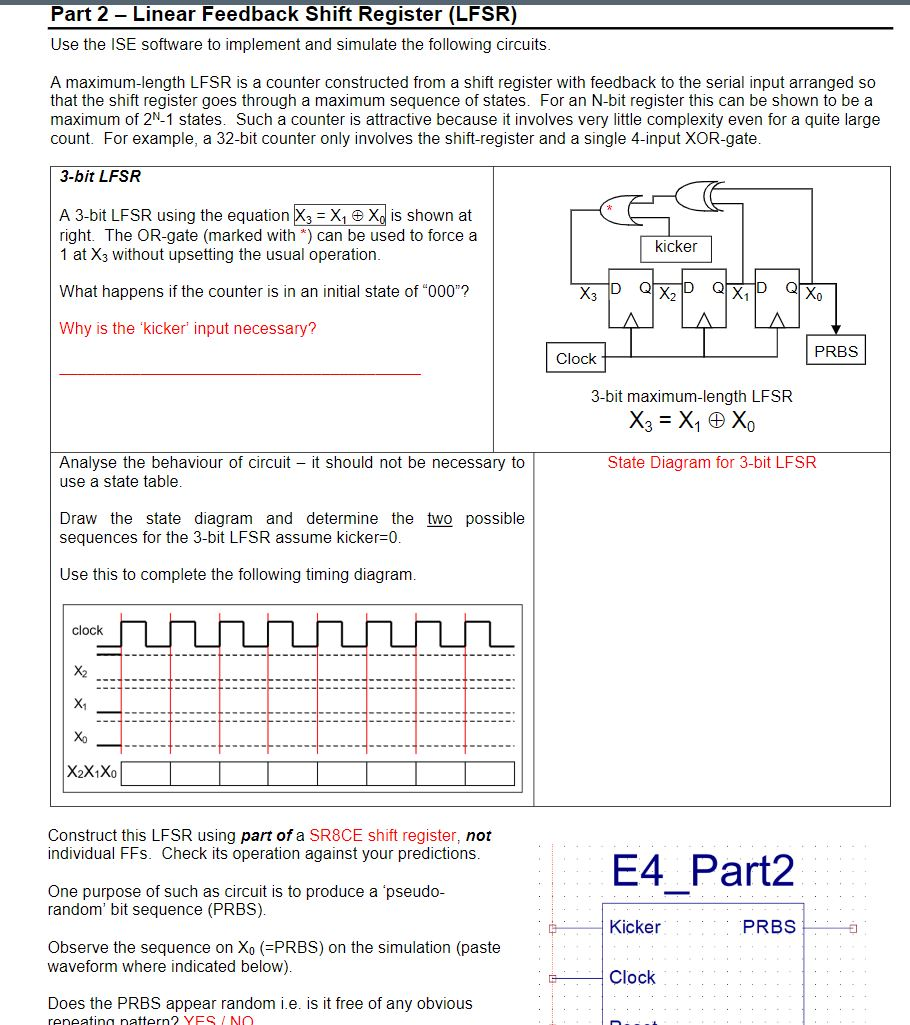
The working of the above shown IC 4017 electronic LED dice circuit is the same as the first diagram, except the number of LEDs used, which has restricted to one LED per output, for the IC. The outputs of the IC can be seen wired with series LEDs which illuminate and indicate the random dice number when the sequencing stops.

This output sequencing of the IC 4017 now halts to a randomly selected output of the IC between pin#3 and pin#1. When the charge inside the 1000uF capacitor is fully used up, the IC 555 turns OFF and stops providing the clock pulses to the IC 4017. When the push button PB1 is pressed for a brief moment and released, the capacitor 1000uF charges up fully and powers the IC 555, the IC 555 uses this power and remains switched ON for a few seconds, allowing the IC 4017 to sequence rapidly across the output pins. This clock frequency is applied by the IC 555 which is configured like a free running astable multivibrator with a high frequency output. This sequencing keeps repeating as long as a clock frequency is applied at pin#14 of the IC. We know that when clock signals are fed at the pin#14 of the 4017 IC, the output of the IC starts sequencing forward from pin#3 towards pin#11.īut since here the pin#5 is connected with the reset pin#15 of the IC, the outputs are able to sequence only up to pin#1 and return back to pin#3 for a new sequence. The working of this 4017 IC based dice circuit is pretty simple. The circuit diagram for the electronic dice using the IC 4017 is shown in the following diagram. In the first design we will learn how to make an electronic dice using the IC 4017. In this post we discuss 5 different ways to create an electronic version or a digital version of a dice which can be used to get random numbers between 1 to 6 through either LED display or digital display.


 0 kommentar(er)
0 kommentar(er)
